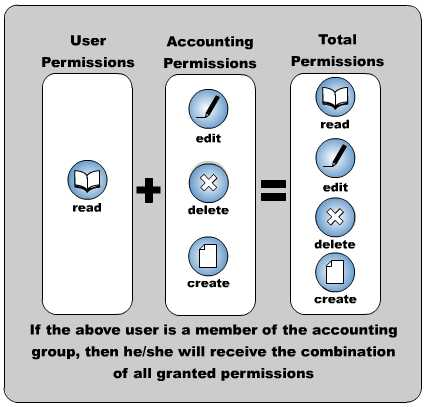Administering Entities
Within the Aptify system, all of the data that an organization tracks is associated with at least one service. Services contain data of a specific type, such as Company data, Employee data, Order data, and so forth. These services then provide a wealth of functions that allow the user to effectively manipulate different types of data. Each service provides a combination of standard, application-wide functions as well as functions that only relate to that type of data.
In Aptify, services are equivalent to entities. The term service is more commonly used when describing system functionality to end users. The term entity is used to discuss the more technical issues. Not every entity becomes a service, however, as some entities are sub‐types to another service.
The Entities service is an essential administrative tool used to manage all aspects of every service in the Aptify system. The Entities service is used to administer and modify the meta-data associated with each service in the system. This service is used to create and edit all other services within the Aptify system. The most important benefit provided by the Entities service is that it allows almost all Aptify meta-data administration to occur from the Aptify front-end interface. All database objects (such as SQL stored procedures, triggers, and table schemas) and front-end configurations (such as organization-specific graphical user interfaces, Aptify wizard consignments, or report handling) may be administered from the Entities service. Each Entities record corresponds to a top-level service (which is visible in the Ribbon, Navigation Bar, or Folder List) or to a sub-type (which appears as a tab within a parent service and is not visible in the Ribbon, Navigation Bar, or Folder List).
Used in conjunction with the Users and Groups services, the Entities service provides a centralized location for entity administration. This topic includes the following sub-topics that describe how to use the Entities service to create and edit entity information:
- Performing Common Entity Maintenance Tasks
- Creating Entities
- Defining Entity Fields
- Using Entities Service Wizards
- Using the Entity Packing and Unpacking Wizards
- Using Virtual Entity Wizard
- Using the Web Service Generator Wizard
- Administering Security for Entities
- About the Entities Service Forms
The major aspects of entity management include:
- Entity field management: Through the Entities service, fields are created and managed using the Aptify interface. Aptify automates all of the database duties for the creation of default tables, fields, and attributes.In Aptify, services are equivalent to entities. The term service is more commonly used when describing system functionality to end users. The term entity is used to discuss the more technical issues. Not every entity becomes a service, however, as some entities are sub-types to another service.
- Sub-type entity/linked entity management: The creation of sub-types and the linking of related top-level entities are handled though the Entities service. Sub-types and the linkage of top-level entities allow the proper database normalization to exist within Aptify. Since Aptify is a relational database-driven Enterprise Resource Planning (ERP) package, secondary entities are needed to maximize software performance with database storage efficiency. Sub-types are secondary entities that allow multiple records from one entity to tie to a single record from another. The creation of a sub-type entity occurs through the Sub-Types tab within the Entities record.
- Stored procedure and database object management:In order for a record to be created, retrieved, updated, and deleted, Aptify utilizes SQL Server stored procedures. These essential back-end elements also make up the backbone of the Aptify system. The assignment and configuration of these database objects is done within the Entities service.
- Report management: Reports are an integral aspect of an entity, as in reports are based on views within that entity. Every report needs to be tied to an entity. In turn, when the Report wizard is run against a view, only those reports that are tied to the viewed entity are available for selection.
- Security management: Security for all entities is handled from the Entities service. Entity security for an Aptify entity is distributed between two magnitudes of protection: Aptify Group level and Aptify User level. At the group level, security is carried out among any Aptify user groups. At the user level, security is carried out among any of the individual Aptify users in the system. Security is defined through the following permission attributes:
- Read: Allows a user or group to retrieve an entity's record.
- Create: Allows a user or group to create a new entity's record.
- Edit: Allows a user or group to edit or update an entity's existing record.
- Delete: Allows a user or group to delete an entity's existing record.
- Allow Merging: Allows a user or group to merge entity records. The Delete security attribute is required to select the Allow Merging security attribute.
- Allow Object Viewer: Allows a user or group to use the entity's object viewer.
Permission given at the user level does not override those at the group level. Overall, Aptify entity security is a blend of all granted permissions given at both the group and user level. Below is an example of how Aptify combines all granted permissions from both levels of security.
See Administering Security for Entities for more information on Aptify's security features.
Related content
Copyright © 2014-2019 Aptify - Confidential and Proprietary
